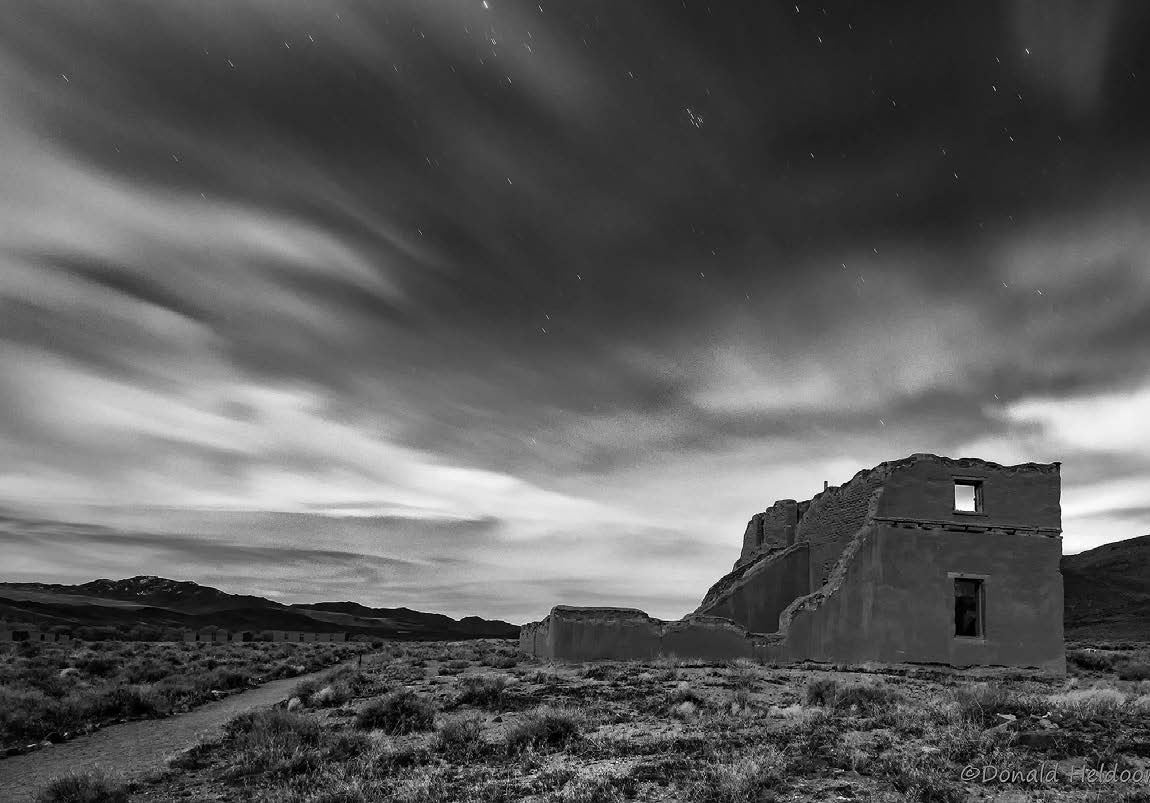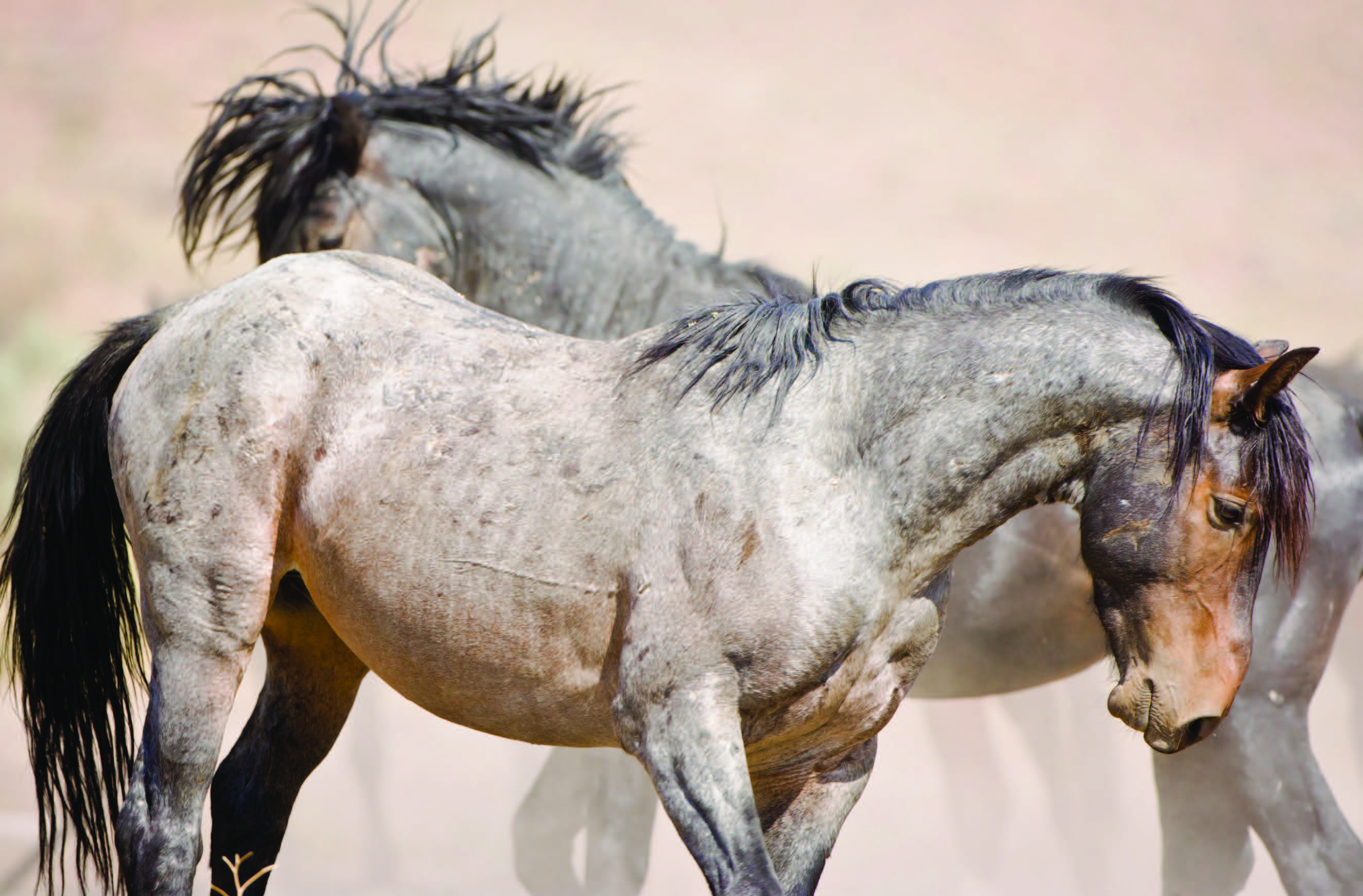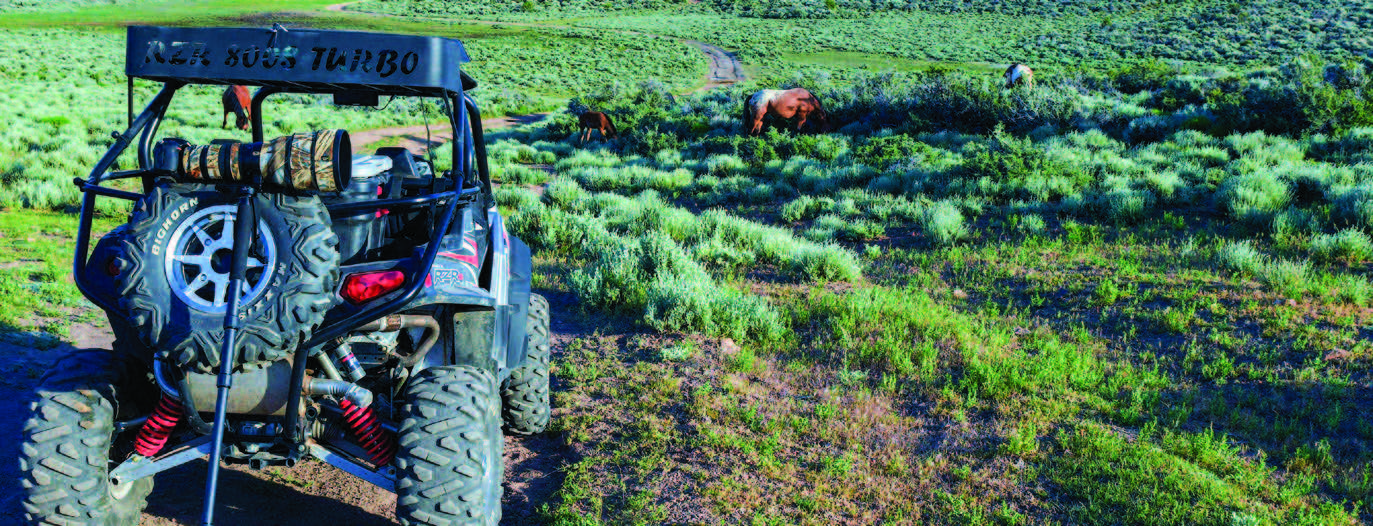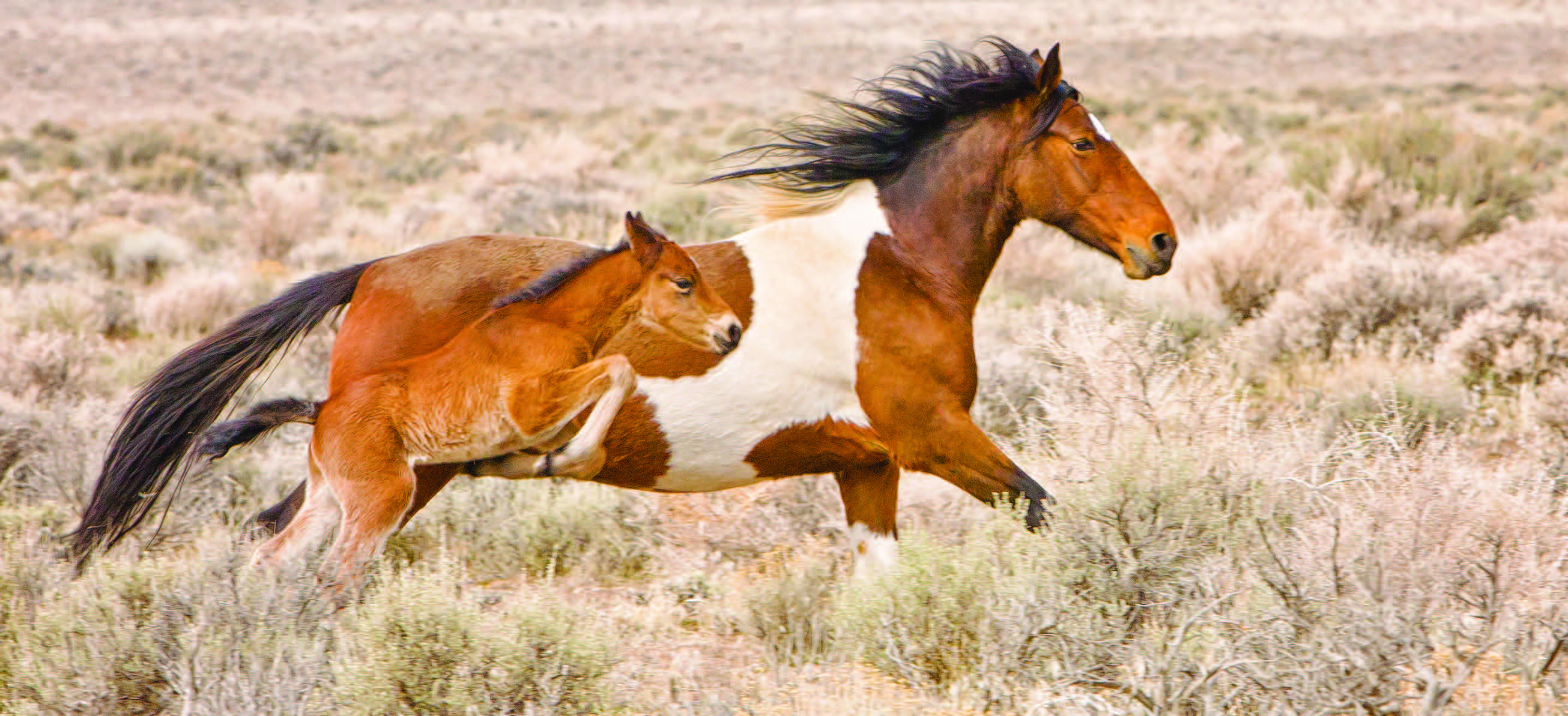Nevada Photographers: May/June 2017
May – June 2017
Donald Heldoorn, in his own words
 I’m a wildlife, landscape, and sports photographer with published photos in several magazines and books. Nevada Exploration Photo Tour is my company, and through that I offer a 1-3 person private wildlife tour of the Carson Valley and surrounding area for professional photographers and experienced enthusiast photographers.
I’m a wildlife, landscape, and sports photographer with published photos in several magazines and books. Nevada Exploration Photo Tour is my company, and through that I offer a 1-3 person private wildlife tour of the Carson Valley and surrounding area for professional photographers and experienced enthusiast photographers.
I focus on wildlife and landscapes primarily in my tours, and while I do vehicle-based on-road and off-road tours, there is minimal walking. I think teaching is fairly integral to this tour, but the expectation with experienced photographers is that we can share photography techniques, stories, and tips. My best advice is to get up early, nap at lunch, and shoot the stars.
Once while out on tour with a local photographer we were standing about 15 feet from each other. An eagle flies down off the mountain and right between us at 80 mph. She continues past us with tucked wings and then lifts her wings as she comes to a stop, talons out, and lands on a cottontail rabbit.
Another time while photographing a high soaring golden eagle, all of a sudden she tucks wings and slopes toward her target some 200 yards away. She hits a seagull mid-flight, killing it on contact. The gull free falls toward earth, and the golden falls along with the gull and snatches it out of mid air, soaring to the nest and releasing the offering to her eaglets. The diversity of our great state unlocks daily photographic opportunities unlike anywhere else.
On this tour you can expect the experience of a lifetime.
You will see wild mustangs, golden eagles, panoramic views, old mines, cemetery, and more. Time permitting, we can visit Virginia City for a drive down the boulevard.
Mark Terrell, in his own words
 I’ve been doing photo tours in Nevada for seven years now. My company is Wild Horses of Nevada Photography Tours and I cover the Reno and Carson City areas, teaching people how to photograph wild horses. I have been shooting strictly horses for the past 10 years. The Reno-Tahoe International Airport has a permanent display of my horse pictures, and Nevada Magazine‘s best sell-through issue ever featured one of my photos on the cover.
I’ve been doing photo tours in Nevada for seven years now. My company is Wild Horses of Nevada Photography Tours and I cover the Reno and Carson City areas, teaching people how to photograph wild horses. I have been shooting strictly horses for the past 10 years. The Reno-Tahoe International Airport has a permanent display of my horse pictures, and Nevada Magazine‘s best sell-through issue ever featured one of my photos on the cover.
On my tours, I spend most of the day talking about local history and our horses. Most teaching is geared toward animal behavior and how to adjust to it, but camera help is available as needed and as requested. I’ve had everything from clients who only had a cellphone to guiding the BBC while making its desert segment for “Planet Earth Two.” All levels of experience are welcome, and I adjust the tours to the physical needs of the client as well.
The high desert, the horses, Lake Tahoe, and the people make Nevada like no other state. In fact, a very special lady from Texas decided after one of my tours that she needed to move to Nevada to be close to our horses and our land. She claims it was one stallion that motivated her.
One of the funniest stories to come from a photo tour happened coming out of the mountains one evening after a long day filming for the BBC series “One Planet.” The videographer and the young English producer (her first time in the U.S.) and I came over a ridge to find a middle-aged couple and their dog walking toward us. The couple was wearing only hats and tennis shoes. With the sun behind us, they did not see us until we were within 40 feet. When they did, they grabbed their hats and ran in circles while trying (unsuccessfully) to cover up. As if on cue, they both ran frantically to opposite sides of the road and dove behind sagebrush plants. Unfortunately the sagebrush was maybe a foot high and did little to hide them. They froze in their positions to make sure we couldn’t see them. The videographer and I had tears from laughing. He said “they have dirt where no one should have dirt after those slides!” My very proper, young English producer was speechless. The look on her face was priceless. I explained that this was a common occurrence in Nevada and that she’ll have to be prepared when it happens again. Thereafter, when she needed pictures in that area it was always referred to as “Nudie Hill.”
One of my most memorable stories, however, was when a man from Arkansas called and requested an auto tour for his wife who has a disability. Seeing wild horses was at the top of her bucket list. She had a degenerative nerve disease, which would very soon render her totally unable to walk. She was hoping we could drive close enough to get pictures. We left her wheel chair in the hotel lobby, as it wasn’t feasible to use where we were going.
 Early in the day we came upon a band I’ve known for years and that is comfortable with me. We stopped about 100 feet away and she started to take pictures. After a few moments, she asked to sit on a large rock 20 feet away. Her husband helped move her, and she then asked to move closer, so we did, with her husband helping. We then moved again, and again. We stopped when we got close enough to see the breathing of the sleeping foals. The stallion came over and checked us out and then went back to his band and continued grazing. She took so many pictures I had to get her spare battery for her camera.
Early in the day we came upon a band I’ve known for years and that is comfortable with me. We stopped about 100 feet away and she started to take pictures. After a few moments, she asked to sit on a large rock 20 feet away. Her husband helped move her, and she then asked to move closer, so we did, with her husband helping. We then moved again, and again. We stopped when we got close enough to see the breathing of the sleeping foals. The stallion came over and checked us out and then went back to his band and continued grazing. She took so many pictures I had to get her spare battery for her camera.
When we were done, she walked back to the car unaided.
She said she felt no pain, that the endorphin rush she got from watching the horses prevented it. It was amazing. On the drive back, she started crying and said it was the best day of her life. I’ve never felt better, nor understood better, what our wild horses can do for people.





